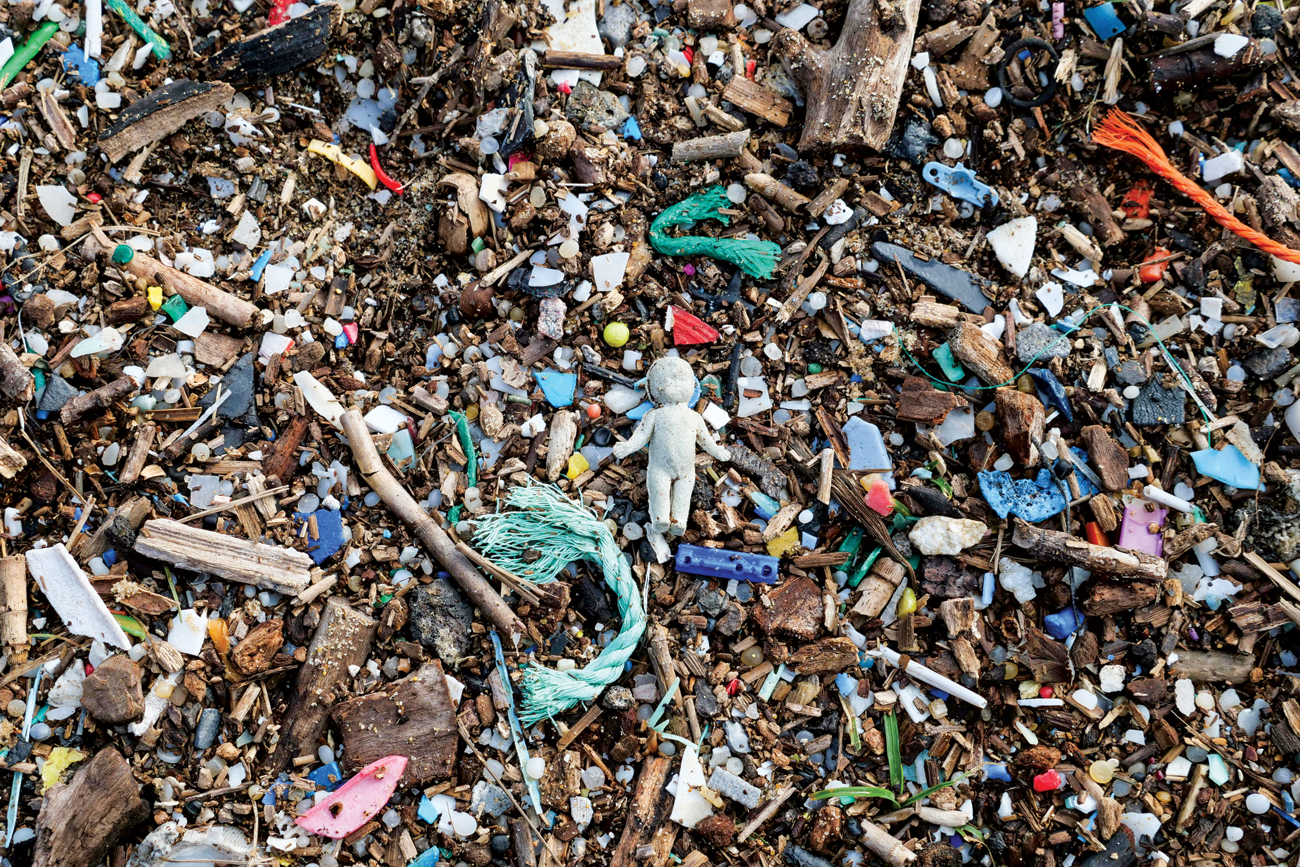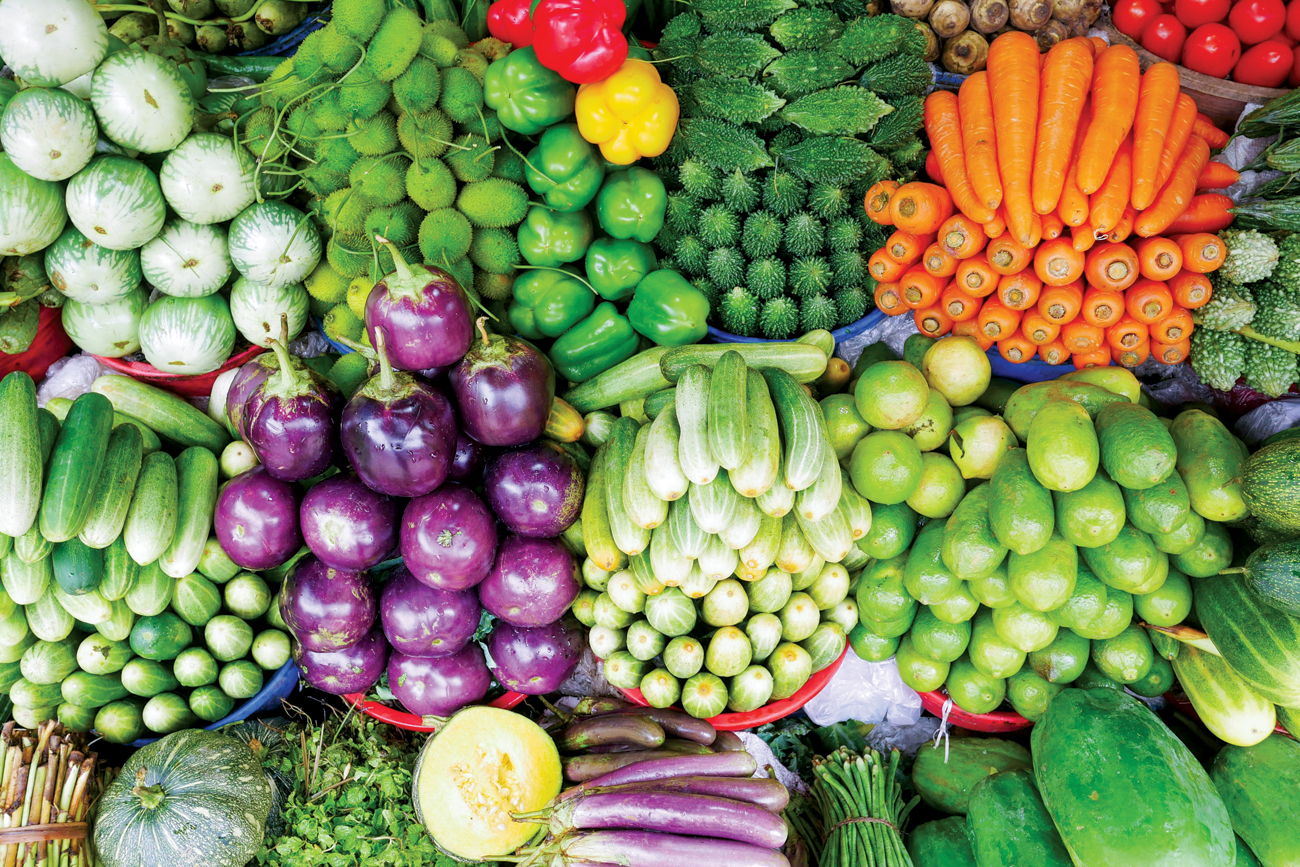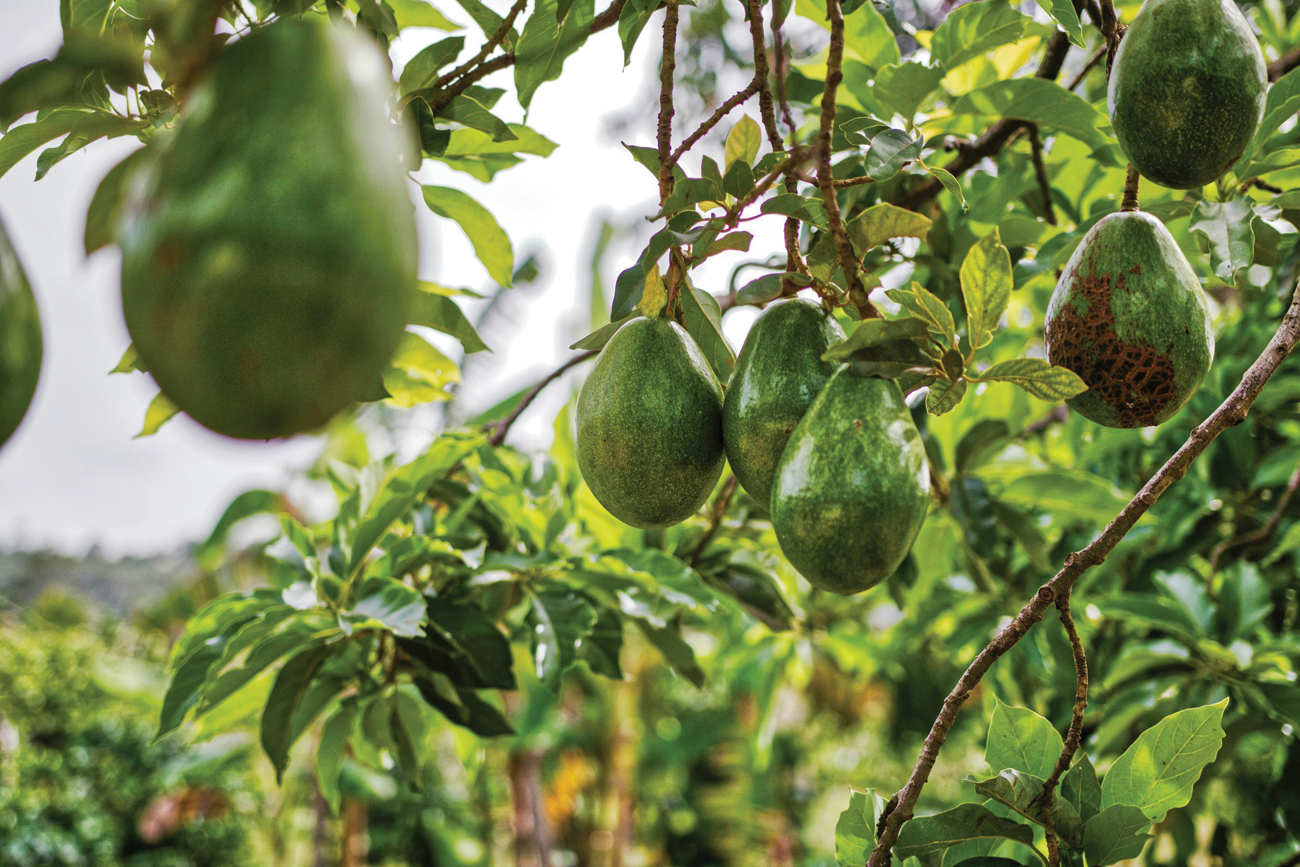Real People, Real Food
First published in Sanctuary Cub,
Vol. 45
No. 11,
November 2025
Food deeply defines human culture, as it is a direct outcome of the geography, soil, and climate of a region. Our choices will be sustainable if we eat local, seasonal, chemical-free, minimally-processed, fresh and diverse foods. By Ashwin Paranjpe.
I loosen the earth to find a baby potato. The crop is thriving despite the erratic monsoon. Even after two decades as an organic farmer and teacher, the impact of climate change on my crops still makes me anxious. I turn to the coffee patch. The beans will become aromatic coffee in my friend’s cafe in Pune. These organic coffee plants travelled in 1923 from Ethiopia with my great-grandfather. A genetic analysis revealed they were a rare Ethiopian landrace of Arabica coffee, on the verge of extinction in its native home. As I marvel at the journey of a cup of coffee, I wonder: Can food be sustainable? Most ingredients are highly processed, packaged, and travel hundreds of kilometres. How did we get here?

Local ladies selling fresh, seasonal, clean produce from local farms. Photo: Peter Rivera/CC-BY-2.0.
Evolution To Revolution
Food deeply defines human culture, as it is a direct outcome of the geography, soil, and climate of a region. Humans have evolved as omnivores – we eat plants as well as meat, which presents a wide choice. Around 3,600 years ago, humans spent the most time cultivating or finding food. There were no surpluses, but they were healthy: they ate local, seasonal, and natural items. People remained healthy and within the limits of what their immediate ecosystem could sustain, and so did the health of the environment – this was ‘sustainable food’.
About 200 years ago, the Industrial Revolution enabled humans to extract fossil fuels to grow food. Chemical fertilisers, pesticides and farm equipment come from fossil fuels. From grains to meat, massive quantities of food could be sold in the market. From subsistence agriculture (growing enough food to feed your family), we shifted to market agriculture (surplus, processed and packaged food for huge profits).

What goes around, comes around: a poor environment affects human health too. Photo: Sébastien Vincon/Pexels.
But what goes around comes around: a degraded environment affects human health, too. Although the humans responsible for this change lived over 50 years ago, the impacts are staring us in the face today. With climate change affecting modern food systems like never before, and chronic illness and mental and physical disorders reaching an unprecedented scale, this is perhaps one of the most challenging questions for this generation – how do we eat sustainably in today’s world?

Sustainable food choices are healthier for us as well as the planet. Photo: Towfiqu Barbhuiya/Pexels.
The Three Cs
In the city, I end up ordering food from a delivery app. Almost choking with plastic and chemicals, the groceries are not sustainable. I don’t know who grew it, where it grew, or whether it is the proper season for it.
Food is complicated by fad diets and trends, such as avocado-toast. But, all we need is a balanced diet. The best nutritionist is your granny – she knows the most suitable food for each season, we just need to tweak it to suit our palette. We must maintain an active lifestyle, walk to the nearby market, and connect with those who grow and sell food. On weekends, we could drive to a farm, talk to the farmer, and volunteer to work in their fields. Our food will be sustainable if we eat local, seasonal, chemical-free, minimally processed, fresh and diverse foods. The three Cs of sustainable food are: Conscious choice, Continuity of food culture, and Creative food recipes rooted in the local context and culture.

A fragile food chain links soil’s microbes and earthworms to humans. Photo: Towfiqu Barbhuiya/Pexels.
Meat, Eggs And Milk
~ Production has changed from small-scale livelihoods to mega industries.
~ Now, slaughtering is often unethical, antibiotics and hormones indispensable.
~ Eating free-ranged meat and eggs infrequently, and consuming milk from indigenous cows or buffaloes is possibly a sustainable option.
Belonging And community
I live in a village not far from Pune, near the town Paud. Here, there is a small corner where six or seven local ladies sell fresh, seasonal, clean produce from local farms. I try to buy a little from each. It’s hard work, and they get just Rs. 500-700 for the day. I take home my goodies, sometimes vegetables I have never heard of, and relish the dish I cook. Then there’s Rajabhau. Every ingredient, from the puffed rice to tamarind, is locally grown or manufactured, and lovingly tossed into a delicious bhel. Food can’t get better than this! Small scale, local, and high quality. This scene can be seen as a simple transaction. But it is actually a beautiful social network of real people who grow, sell, and consume food. Agriculture in India is not about income or profit – it’s a way of life!

Avocado farms disturb nature through water overuse, erosion and monoculture practices. Photo: Matthias Oben/Pexels.
I feel connected to my food and the Earth. I feel like I belong, I’m part of a community. There exists a delicate biological system at either end of any food chain – at one end, soil with micro-organisms and earthworms, and a human being at the other end. And the health of one is quite literally connected to the health of the other.
Ashwin holds a Master’s in Horticulture from the University of Florida. In 2008, he established Gorus Organic Farming Collective, which ran a Community Supported Agriculture network in Pune for about 10 years, working with over 50 farmers and serving more than 900 families.






